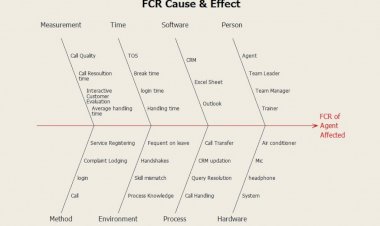When to conduct 1 Sample T Test
1 Sample T Test

1 Sample T-Test
Introduction
The one-sample t-confidence interval and test procedures are used to make inferences about a population mean, based on data from a random sample.
Suppose you have a sample of hole sizes from a drill press and you want to determine if the machine is drilling the correct size hole. Or, you may have a sample of pizza delivery times and wish to determine if you are beating your competitors advertised delivery time of 30 minutes.
Use one-sample t-procedures when you do not know the standard deviation of the population. If you know the standard deviation, you can use the one-sample z-confidence interval and test procedures instead.
To use the one-sample t-procedures, your sample should also be normally distributed. If your sample data do not appear to be normally distributed, you should consider using an appropriate nonparametric procedure.
Advance Innovation Group helps the individuals as well as corporates in understanding and implementing Six Sigma within their organization.
Hypothesis
When you use the one-sample t-procedures, you are really trying to decide which of two opposing hypotheses seem to be true, based on your sample data:
H0 (the null hypothesis): That m is equal to the reference value
- or -
H1 (the alternative hypothesis): That m is not equal to the reference value. (By default, H1 is non-directional. However, a directional hypothesis can be specified instead.) For a better and detailed understanding of the practical applicability of these hypothesis tests, please contact Advance Innovation Group.
Confidence Interval
The confidence interval is defined as a range within which the population mean can vary based on the set confidence level. Since you do not know the true value of m, the confidence interval allows you to guess its value based on the sample data. The sample mean provides an estimate of the population mean, and the sample standard deviation is used to determine how far off the estimate might be. In general, the proportion of intervals that include the population mean is equal to 1 minus the chosen alpha level. The alpha level can be chosen anywhere ranging between 0% to 100%. The alpha level is generally used at 0.05.
Test
The t-test gives you two statistics that you can use to conduct a test of the mean: a T value (T) and a P value (P). The t-value is not very informative by itself, but it is used to calculate the p-value. The p-value tells you just how likely it is that you would obtain your sample, with its particular mean and standard deviation, if the null hypothesis (H0) is true.
You must decide the p-value required to reject H0 before you conduct the test. The value that you choose as your criterion is called the alpha level. In case the p-value comes to be less than your alpha level, then you reject H0 and conclude that m is not equal to the reference value. Advance Innovation Group has a strong team of consultants who are not just trainers but on job consultants who shall help you learn and implement Six Sigma in your day to day business operations.

































Comments (0)
Facebook Comments